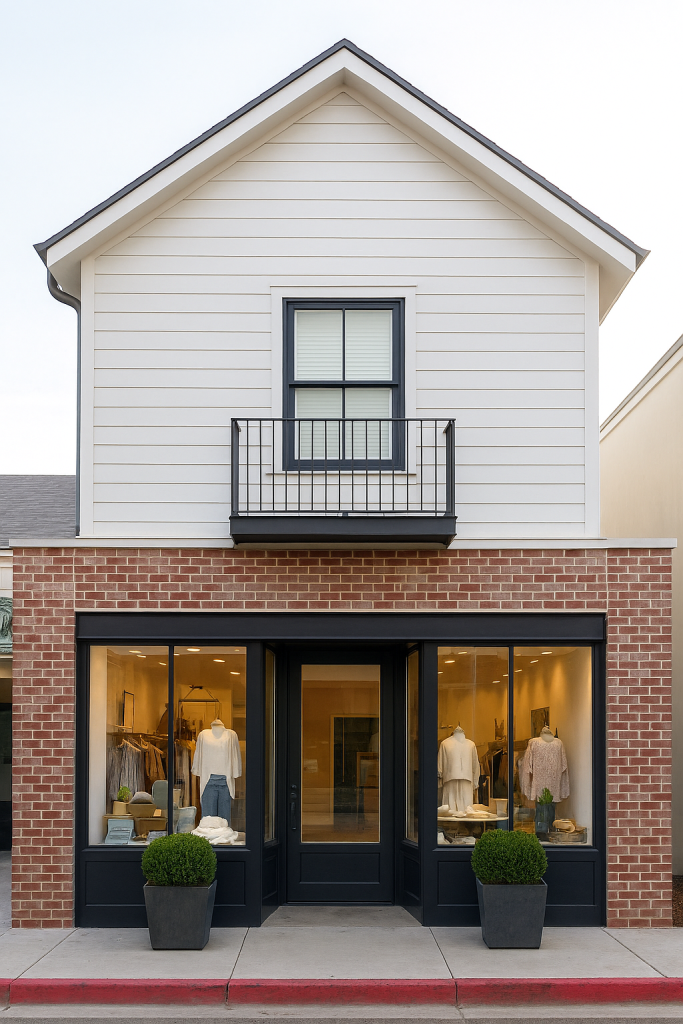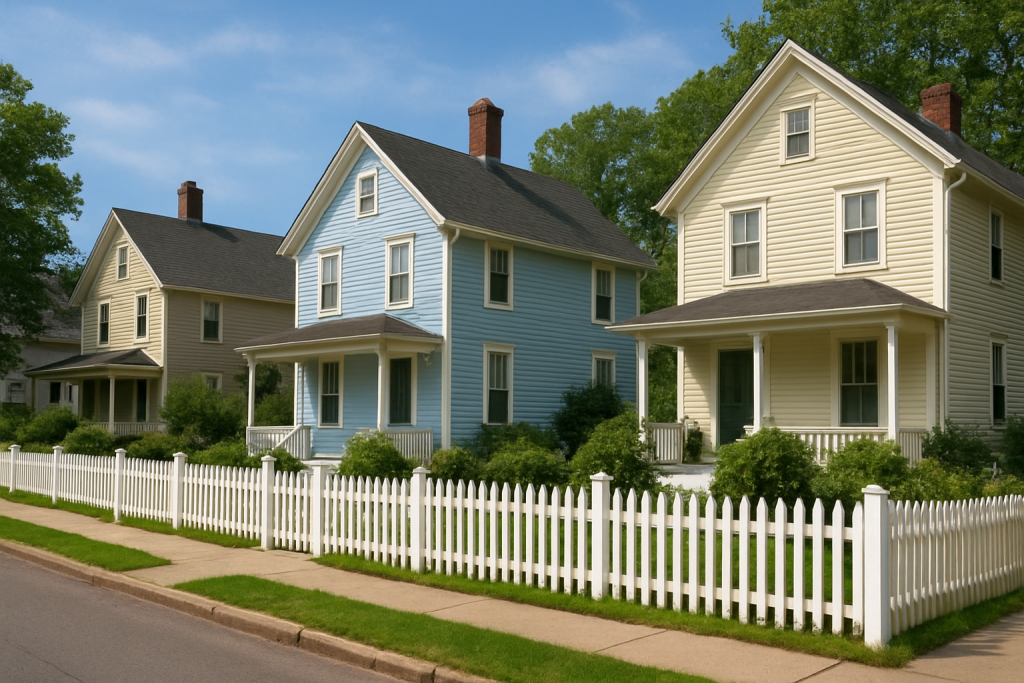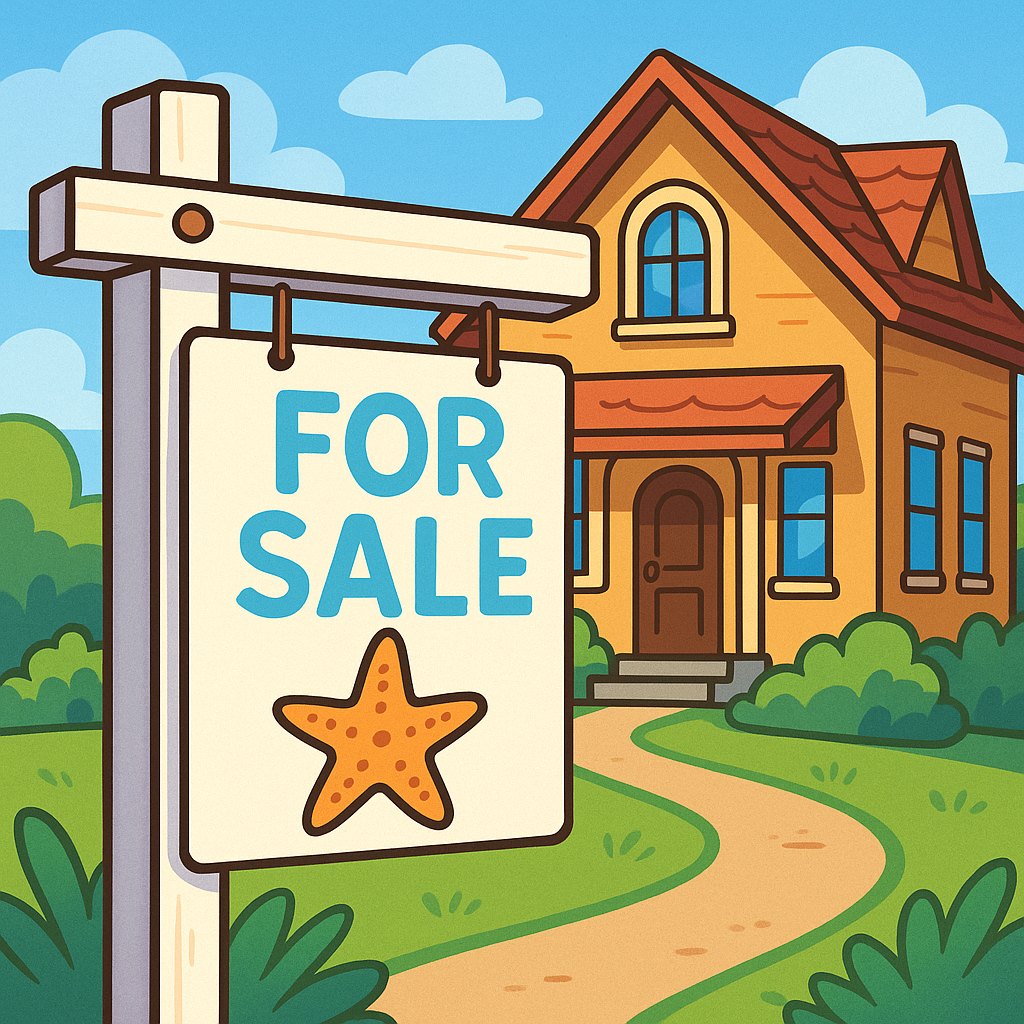Top Things to Look for When Walking Through a Home You’re Thinking About Buying
Buying a home is an exciting and significant decision, but it’s also a big investment. When walking through a potential home, it’s essential to keep an eye out for various factors that will affect the overall experience of living there and the long-term value of the property. Whether it’s your first home or you’re a seasoned buyer, there are key elements to inspect that go beyond the aesthetics. While we specialize in real estate in Myrtle Beach and the surrounding areas, we compiled a list of items for anywhere in the country that you are looking to buy a home. Here are the top things to look for when walking through a home you’re thinking about buying.
1. The Foundation and Structure
A solid foundation is crucial to the integrity of any home. Look for signs of foundation issues, such as cracks in the walls, uneven floors, or doors and windows that don’t open or close properly. While cosmetic damage like small cracks in the walls may not be a dealbreaker, larger foundation issues can be costly to repair. Pay attention to the overall structure of the house to ensure that it’s sturdy and free from significant damage.
2. Roof and Exterior Condition
The roof is one of the most expensive components of a home to repair or replace, so take a close look at its condition. Check for missing shingles, moss, or signs of water damage, as these could indicate leaks or future issues. Also, inspect the home’s exterior, including siding, gutters, and windows. Look for cracks, rot, or signs of pest damage that could lead to bigger problems down the line.
3. Plumbing and Water Pressure
Turn on faucets in the kitchen, bathrooms, and laundry areas to check the water pressure. Low pressure could indicate underlying plumbing issues. Make sure to test hot and cold water and check for any leaks under sinks or around toilets. Also, flush toilets to ensure they are functioning properly. Investigating these early can save you from costly repairs later.
4. Electrical System
An updated and functioning electrical system is essential for safety and convenience. Ensure that all light switches, outlets, and electrical panels are working properly. Look for signs of outdated wiring or overloaded circuits, such as scorch marks on outlets or lights that flicker when appliances are used. If the electrical system seems old or in poor condition, it’s worth consulting an electrician before making an offer.
5. Windows and Insulation
Check the windows for drafts or signs of water damage. Single-pane windows may need to be replaced for better insulation and energy efficiency. Also, take note of how well-insulated the house seems, especially in the attic and basement areas. Poor insulation can lead to higher energy bills, so it’s worth checking how well the home holds heat in the winter and cool air in the summer.
6. Kitchen and Appliances
The kitchen is often considered the heart of the home. Check the condition of the countertops, cabinets, and flooring. Make sure appliances like the stove, refrigerator, dishwasher, and microwave are in good working order. Appliances that are old or not functioning correctly can be expensive to replace. Don’t forget to check for signs of leaks, especially under the sink, which could indicate hidden water damage.
7. Bathrooms and Ventilation
Take a look at the bathrooms for any signs of water damage, mold, or mildew. Check around sinks, bathtubs, and showers for leaks or cracks in the tiles. Also, ensure that each bathroom has proper ventilation to prevent moisture buildup, which can lead to mold growth. Proper ventilation is especially crucial in bathrooms with no windows.
8. Natural Light and Layout
Walk through the home and assess the natural light in each room. A well-lit home can significantly improve your living experience, while a dark, dreary space may feel cramped and uncomfortable. Pay attention to the flow and layout of the home as well. Is there enough space for your furniture and daily activities? Does the layout make sense for how you live?
9. Noise Levels and Neighborhood
When touring a home, take note of the noise levels both inside and outside. Are there loud noises from traffic, trains, or neighbors? A peaceful environment is essential for enjoying your space. If the house is in a neighborhood with other homes nearby, consider visiting at different times of the day to see if the area gets noisy. Don’t forget to look at the overall condition of the neighborhood, including the upkeep of nearby properties.10. Potential for Renovation
Even if a home doesn’t meet all of your preferences right now, think about its potential for renovation. Could you easily remodel the kitchen or bathrooms? Does the floor plan lend itself well to changes? Look for homes with solid bones that may just need a little updating. However, be realistic about the scope of work and the costs involved in major renovations.
11. Signs of Pests or Critters
No one wants to live with pests. During your walkthrough, look for signs of rodents, termites, or other pests, such as droppings, chewed wires, or holes in the walls. Pest issues can be tricky and expensive to resolve, so it’s worth having a professional pest inspection done if you notice any red flags.
12. Storage Space
Storage space is often an overlooked factor in home-buying decisions. Take stock of closet space, attic storage, garage capacity, and any other storage solutions available. A home that lacks adequate storage can lead to clutter and frustration in the long run.
13. The Home’s Age and History
The age of a home can give you valuable insight into what you may be facing in terms of repairs and maintenance. Older homes may come with a certain charm but might also have outdated systems, such as plumbing or electrical wiring. If possible, ask the seller for a history of major repairs or updates made to the house, as this can help you better understand what to expect.Conclusion:
When walking through a home you are thinking about buying, it’s important to look beyond the aesthetics and really assess the functionality and condition of the property. Pay close attention to structural, mechanical, and cosmetic aspects, and think about how they will impact your daily life and the long-term investment. Once you find your best house, make sure to hire professionals for a thorough inspection. By being diligent and detail-oriented, you’ll ensure that your new home is not only a beautiful place to live but a smart investment too! At Carolina Bays, our Real Estate agents will help you through this process. Contact us here for more info.







